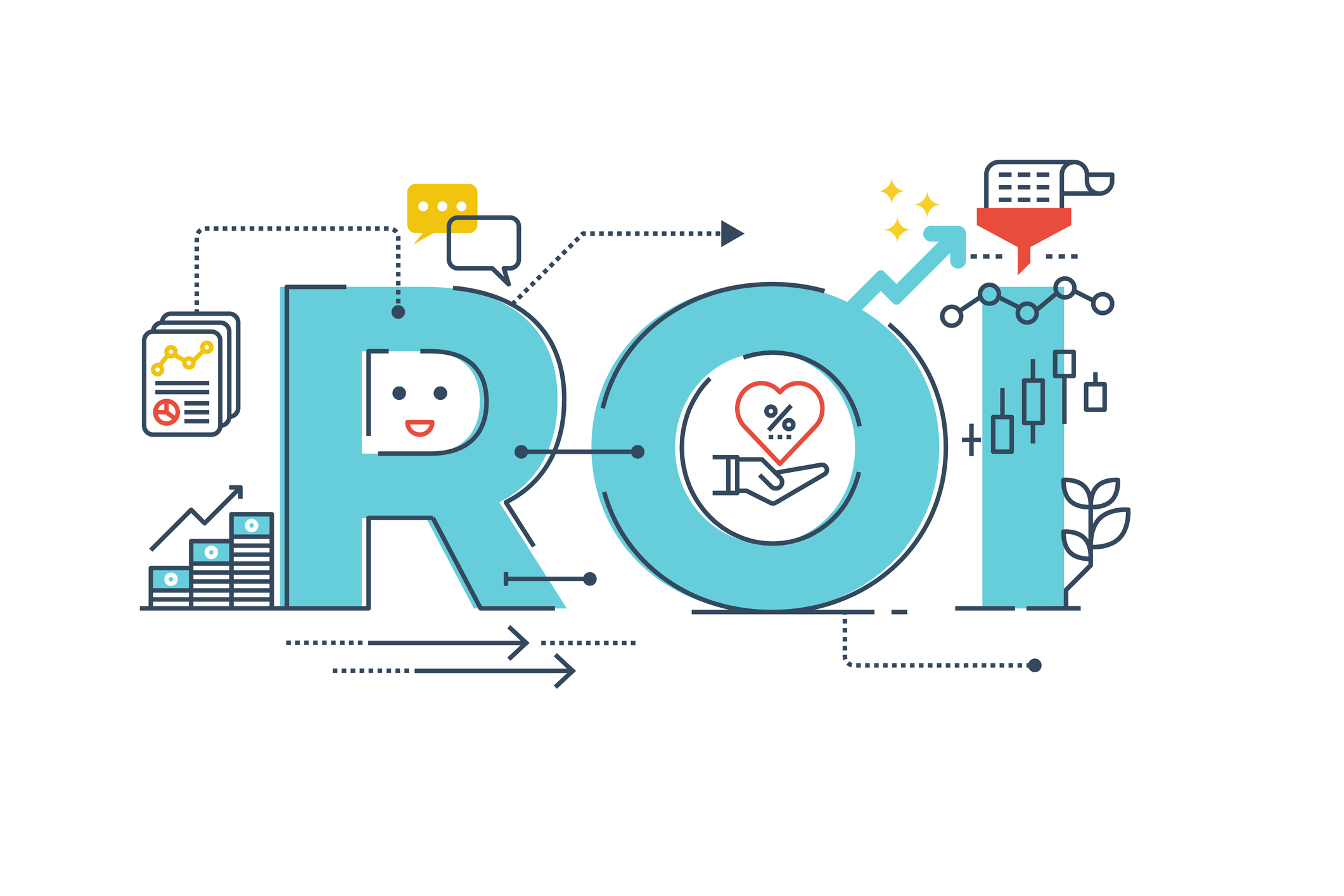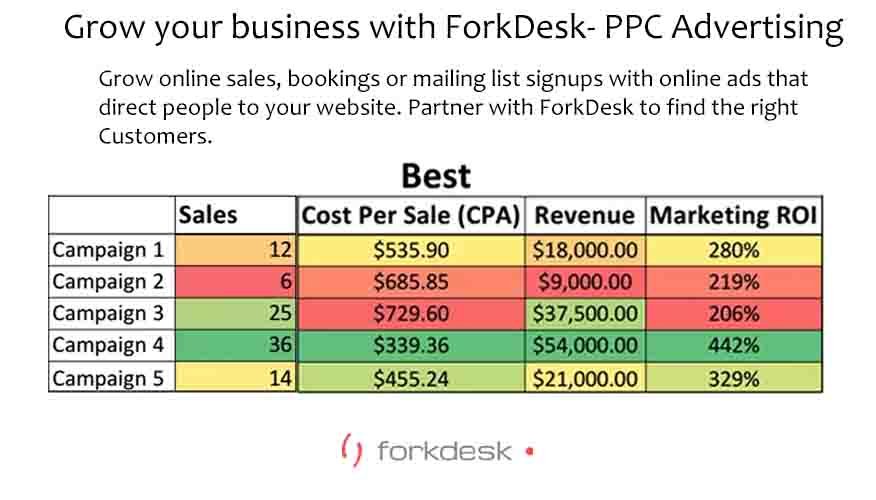
While understanding Google Ads and the auction process at a deep technical level is crucial to the success of any campaign, understanding a business’ financial metrics is just as important – and it’s increasingly becoming more so.
Gone are the days where PPC was really the only place to put your money.
Now there is Google Ads, Microsoft Ads, Facebook Ads, Snapchat, Instagram, and the list goes on and on.
Money is diversified to many places, and there’s no silver bullet for attributing every dollar spent.
The best we can do is use some math as our guiding light. Grasping the financial metrics will make you a better media buyer, and give you better results long-term, whether you’re in-house or agency side.
Smarter marketing for agencies - and your clients. Give your clients the leads they want with PPC Advertising on best ROI Get Started
Determining ROAS
People interchange ROAS and ROI often, but they are not actually the same thing.
The difference between ROAS (return on ad spend) and ROI (return on investment) is whether you account for a company’s cost of doing business (often referred to as COGS – cost of goods sold – or profit margin).
When you talk about ROAS, you’re looking at PPC profitability in a linear way.
You are answering the question: did we make back more money in revenue than we spent on ads?
When you talk about ROI, you’re looking at your PPC spend in a multidimensional way.

ROI tries to answer this question:
After accounting for the costs of the products or service, and after accounting for the cost of advertising, did we make a profit?
In this example, let’s say you sell shoes for $50 a pair. Your ROAS would use the $50 in its calculation.
But, pretend you have a 50% markup on those shoes. That means your total gross profit is actually only $25.
Big difference!
Generally, media buyers rely on ROAS, because they don’t have all the internal calculations feeding into Google Ads that would show them ROI.
What You Need to Determine ROAS
• Total Conversion Value
• Total Cost of Advertising
Formula to Use
Total Conversion Value / Total Cost of Advertising
Example
A client runs a lead gen website that sells its leads to attorneys throughout the United States. The client asks you what their return on ad spend has been over the past 30 days. They spent $17,547 on their Google Ads campaigns which brought in 489 leads. Of those, 375 of those leads were sold to attorneys. They paid an average of $130 a lead. This means their conversion value was $48,750 ($130 a lead x 375 leads). The ROAS would be 2.78 or 278% (48,750 total value / 17,547 Google Ads cost). You can report back to the client that ROAS for the past 30 days was 278%.
Put another way, for every dollar spent on advertising they made back $2.78.